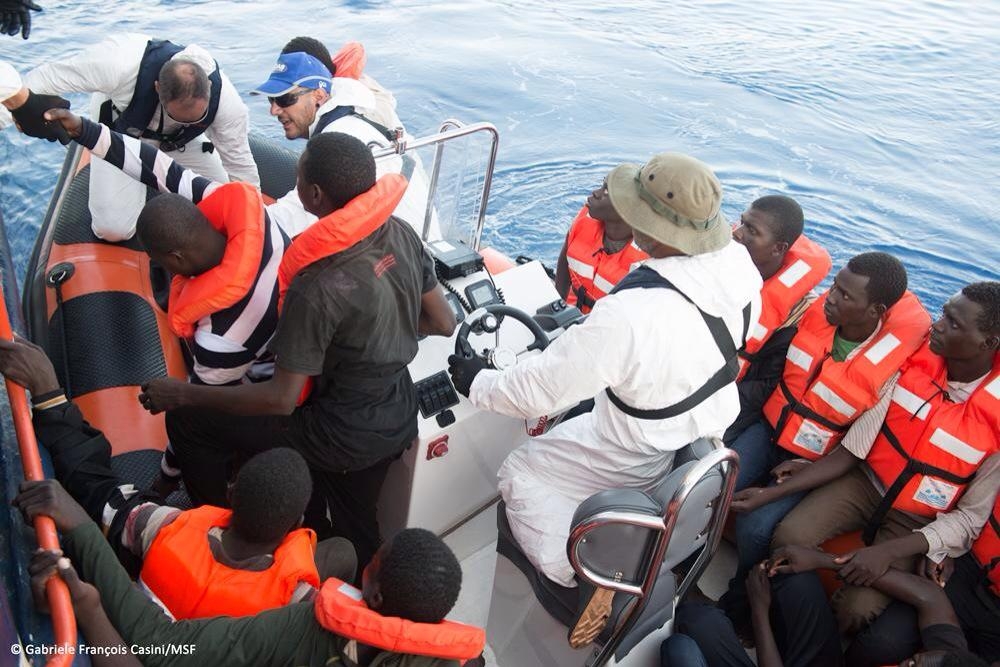Refugees crossing over to EU rises to 710,000
Due to an increasing shortage of boats in Libya and worsening weather conditions, the number of migrants arriving in Italy halved in the month of September to 12,000.

The total number of migrants who crossed the EU’s external borders in the first nine months of this year rose to more than 710,000 with the Greek islands on the Aegean continuing to be the most affected by the unprecedented inflow of people.
This compares with 282,000 recorded in all of last year.
In the month of September, the number of detections at EU’s external borders stood at 170,000 last month compared to 190,000 recorded in August.
Malta had lower arrivals than it did over the previous year, confirming the trend for the Italian government’s naval forces to pick up all rescued refugees at sea.
Frontex said that the Greek islands, especially Lesbos, continued to face a massive migratory pressure, with the number of detections in the January-September period reaching 350,000. In September, the number of people detected in the Eastern Mediterranean region was mostly flat at nearly 49,000. Syrian refugees remained the dominant nationality among the arriving migrants.
Due to an increasing shortage of boats in Libya and worsening weather conditions, the number of migrants arriving in Italy halved in the month of September to 12,000. This brought the figure for the first nine months of the year to nearly 129,000. Eritreans were the most numerous among the people using this route.
“Urgent assistance is needed, especially for Greece and Italy, to help register and identify the new arrivals. Earlier this month, I requested the EU countries to provide Frontex with additional border guards who can assist these two countries in dealing with such unprecedented flows. I do hope we receive adequate contributions which will show the true spirit of European solidarity,” said Frontex Executive Director Fabrice Leggeri.
The massive numbers of migrants coming to the Greek islands continue to have a direct knock-on effect on the Western Balkan route, where Hungary reported more than 204,000 detections at its borders – 13 times higher than in the same period of 2014.
An estimated 97,000 people, not yet included in the official figures, also entered the EU through Croatia in the second half of September after Hungary sealed its border with Serbia.




.png)

.jpg)















